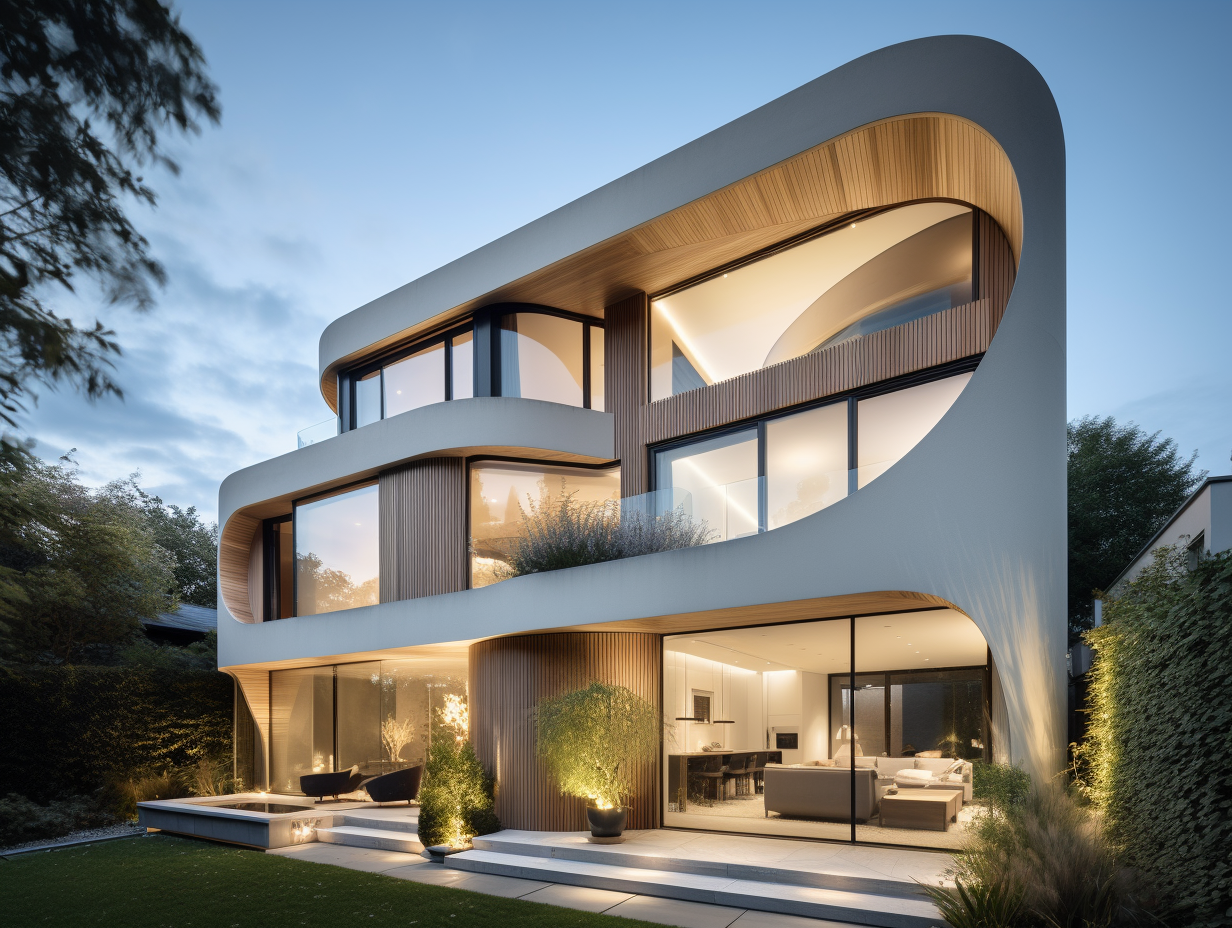Recognizing the Collaborative Process Between Engineers and Engineers in Modern Building Projects
The collective procedure in between engineers and engineers is essential in contemporary building and construction jobs, as it harmonizes layout intent with design expediency. Exploring these characteristics discloses understandings that can significantly impact project end results and total industry requirements.
The Value of Partnership
The collaborative synergy in between architects and designers is essential for the successful understanding of any construction task. This collaboration unites unique competence and perspectives, enabling the combination of ingenious style with sensible design services. By interacting, engineers and designers can ensure that a job not just meets aesthetic and practical requirements however likewise adheres to security, sustainability, and budgetary restrictions.
Collaboration cultivates a common vision, assisting in the positioning of objectives and assumptions from the start. This placement is critical in dealing with prospective challenges and mitigating dangers that might arise throughout the project lifecycle. Furthermore, a collective technique enables the reliable appropriation of sources, enhancing both time and cost.
The importance of collaboration includes the iterative process of style and construction, where responses from designers can educate architectural choices, leading to more viable and lasting styles. Alternatively, engineers can inspire engineers to assume artistically concerning how to attain architectural integrity without endangering creative intent. Inevitably, the collaborative connection between engineers and designers is not simply advantageous; it is basic to the creation of top quality, practical, and innovative built atmospheres that satisfy the needs of culture.
Communication Strategies and Tools
Reliable communication methods and devices are essential for promoting partnership in between architects and engineers throughout the job lifecycle. Establishing clear channels of interaction is necessary to make sure that all staff member are lined up with project goals, timelines, and responsibilities. Normal meetings, both in-person and online, offer opportunities for stakeholders to talk about development, address issues, and make educated decisions.
Making use of task administration software application, such as BIM (Structure Info Modeling) platforms, enhances partnership by enabling real-time sharing of style adjustments and technical specifications. These tools assist in openness, enabling designers and engineers to visualize adjustments and evaluate their impact on the overall project.

Shared Goals and Project Vision

Developing shared goals includes open discussion and a thorough understanding of each discipline's contributions. Engineers commonly concentrate on design intent, spatial connections, and individual experience, while designers stress architectural integrity, systems performance, and compliance with regulations (cda architects). When these perspectives are straightened, the result is a cohesive job that adheres to both innovative goals and technological feasibility
Furthermore, a distinct task vision cultivates accountability among employee, motivating each individual to take possession of their function in accomplishing the preferred end result. Normal check-ins and joint workshops can better enhance this commitment, permitting changes to be made as the task develops. Eventually, a common vision not just enhances teamwork but additionally elevates the top quality of the last deliverable, causing effective project conclusion.
The Role of Technology
Leveraging innovation has actually come to be essential in enhancing collaboration between designers and engineers. The assimilation of advanced software tools promotes real-time interaction and information sharing, making it possible for teams to function more successfully and efficiently. Building Details Modeling (BIM) attracts attention as a pivotal modern technology, allowing both engineers and engineers to produce detailed 3D models that envelop layout intent and architectural integrity. This common aesthetic depiction decreases misunderstandings and streamlines the decision-making procedure.
Moreover, cloud-based platforms allow smooth partnership, enabling project stakeholders to access and upgrade task data from anywhere. This fosters a society of openness and responsibility, as changes can be tracked and reviewed in real-time. Furthermore, mobile applications additional enhance communication, offering on-site teams with prompt access to task specifications and updates.
Emerging innovations such as expert system and maker learning are also beginning to contribute in anticipating analysis, assisting groups determine prospective concerns prior to they develop. Inevitably, try this the duty of technology in architecture-engineering collaboration not just boosts process performances however additionally improves development, resulting in even more successful project end results. By welcoming these technical innovations, engineers and engineers can ensure an extra cohesive and efficient joint process throughout the construction lifecycle.
Case Research Studies in Effective Partnerships
Many study illustrate the profound impact of efficient partnerships between you could try this out designers and designers on project results. One significant example is the cooperation on the High Line in New York City, where landscape designers, designers, and urban organizers interacted to transform an abandoned railway right into a lively public park. This multidisciplinary approach not only enhanced the aesthetic quality but also made certain architectural safety and security and ecological sustainability.
Another excellent instance is the layout and building and construction of the Sydney Music Hall. The partnership between architect JÃ ¸ registered nurse Utzon and architectural designer Ove Arup exhibited cutting-edge problem-solving. Their partnership permitted the iconic shell-like design while addressing complicated design challenges, eventually bring about a timeless architectural masterpiece.
The Burj Khalifa in Dubai further demonstrates the significance of joint initiatives. cda architects. The combination of design and design know-how enabled the project team to attain extraordinary elevations while sticking to safety and security guidelines and aesthetic vision
These examples emphasize the value of communication, trust fund, and shared objectives. In today's intricate building and construction setting, such collaborations are vital to navigating difficulties and supplying projects that satisfy both useful and visionary goals.
Conclusion
In verdict, the cooperation in between engineers and engineers is important for the success of modern construction tasks. Effective communication methods, a shared task vision, and the check that combination of advanced innovations are vital elements that facilitate this partnership.